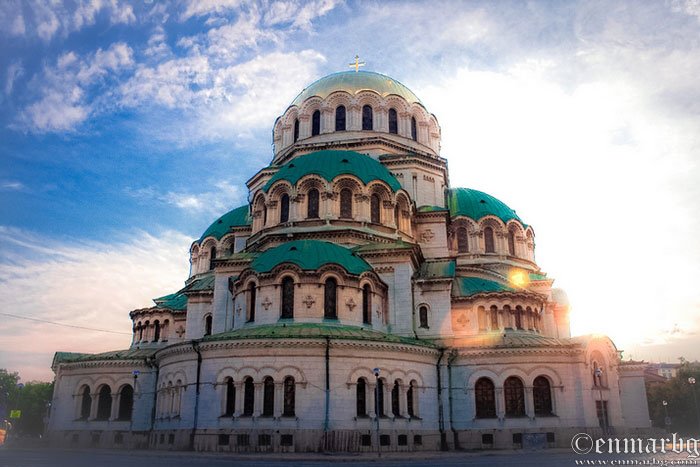The count paid the expenses. Soon after, at his death, by his will (dated 3 July, 1636) he left considerable property to the chapter with the condition that they should spend the revenue on crowning famous pictures and statues of our Lady. They have done so since. The procedure is that a bishop may apply to the chapter to crown an image in his diocese. The canons consider his petition; if they approve it they have a crown made and send one of their number to carry out the ceremony. Sometimes the pope himself has crowned images for the chapter.
In 1815 Pius VII did so at Savona, and again in 1816 at Galloro near Castel Gandolfo. A list of images so crowned down to 1792 was published in that year at Rome (Raccolta delle immagini della btma Vergine ornate della corona d’oro). The chapter has an “Ordo servandus in tradendis coronis aureis quae donantur a Rmo Capitulo S. Petri de Urbe sacris imaginibus B.M.V.” — apparently in manuscript only. The rite is almost exactly that used by Gregory XVI in 1837.
Catholic principles concerning the worship
Lastly something must be said about Catholic principles concerning the worship of sacred images. The Latin Cultus sacrarum imaginum may quite well be translated (as it always was in the past) “worship of holy images”, and “image-worshipper” is a convenient term for cultor imaginum — eikonodoulos, as opposed to eikonoklastes (image-breaker).
Worship by no means implies only the supreme adoration that may be given only to God. It is a general word denoting some more or less high degree of reverence and honour, an acknowledgment of worth, like the German Verehrung (“with my body I thee worship”) in the marriage service; English city companies are “worshipful”, a magistrate is “Your worship”, and so on. We need not then hesitate to speak of our worship of images; though no doubt we shall often be called upon to explain the term.
We note in the first place that the First Commandment (except inasmuch as it forbids adoration and service of images) does not affect us at all. The Old Law — including the ten commandments — as far as it only promulgates natural law is of course eternal. No possible circumstances can ever abrogate, for instance the Fifth, Sixth, and Seventh Commandments.
On the other hand, as far as it is positive law, it was once for all abrogated by the promulgation of the Gospel (Romans 8:1-2; Galatians 3:23-5, etc.; Acts 15:28-9). Christians are not bound to circumcise, to abstain from levitically unclean food and so on. The Third Commandment that ordered the Jews to keep Saturday holy is a typical case of a positive law abrogated and replaced by another by the Christian Church.
Read More about John of Damascus part 11








